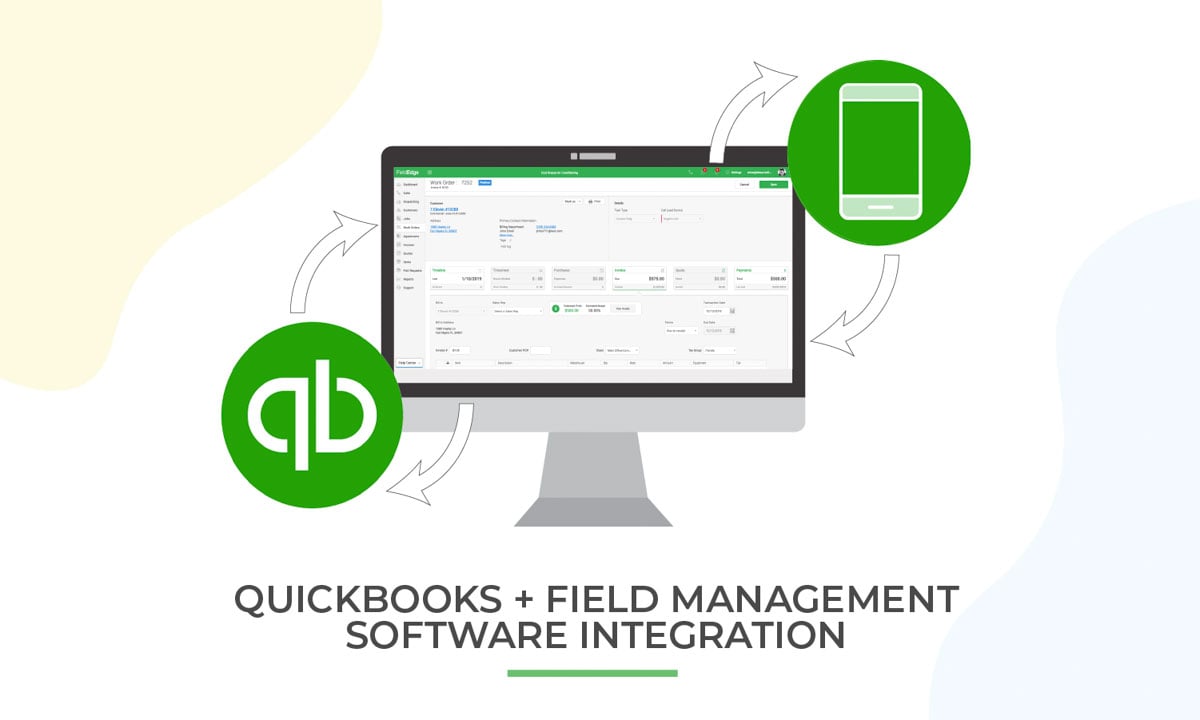In the realm of discussing finances, we encounter two intriguing factors that shape how we write: perplexity and burstiness. Perplexity adds depth and intricacy to the text, while burstiness introduces variety with sentence lengths. As we delve into the subject of “Smart Strategies for Saving Money: Unveiling the Intricacies,” we’ll explore how these elements come together to create a rich and engaging narrative.
Setting the Stage: Grasping the Essence of Finance
In our fast-paced world, effectively managing our money has become more vital than ever before. Saving money is not just about cutting costs; it’s about making thoughtful decisions that balance enjoying the present while securing our financial future. In this article, we’ll journey through a comprehensive guide to intelligent money-saving tips that empower you to reach your financial goals without compromising your quality of life.
Step 1: The Art of Financial Blueprinting
At the core of money management lies the creation of a practical budget. This financial map involves listing all sources of income and categorizing expenses. By setting limits for discretionary spending and prioritizing essential bills, you create a structure that prevents overspending. Regularly monitoring your expenses ensures you stay on track.
Step 2: Savoring Savings in the Kitchen
Frequent dining out can strain your wallet. Embracing meal planning shifts the spotlight to your own kitchen. By crafting a weekly meal plan, making a shopping list, and preparing meals in advance, you not only save money but also nurture healthier eating habits.
Step 3: The Thrill of Bargain Hunting
Before making any purchase, the hunt for discounts, coupons, and deals begins. Through online platforms and loyalty programs, you can uncover opportunities to save money on both small and large expenses. Over time, these incremental savings accumulate into significant sums.
Step 4: Taming Energy Consumption
Reducing energy usage benefits both your wallet and the environment. Unplugging idle electronics, switching to energy-efficient light bulbs, and exploring power strips are simple ways to cut costs. Furthermore, proper insulation and weatherproofing offer long-term savings on heating and cooling.
Step 5: Embracing Second-Hand Treasures
Before opting for brand-new items, consider the world of second-hand options. Thrift stores and online marketplaces offer a range of items at lower prices. From clothing to electronics, you can find quality goods without the premium price tag.
Step 6: Liberating Entertainment Expenses
Traditional cable subscriptions can be pricey. Transitioning to streaming services provides a cost-effective way to access a plethora of entertainment. Many platforms offer free trials, allowing you to test the waters before committing.
Step 7: Commuting Economically
Public transportation and carpooling are eco-friendly and budget-conscious alternatives to solo driving. They not only save on fuel and maintenance costs but also contribute to a greener environment.
Step 8: Embracing Store-Brand Savvy
When shopping for groceries and household items, consider opting for store-brand products. These alternatives often match name brands in quality but come with a more budget-friendly price.
Step 9: Empowering DIY Home Care
For minor home repairs and maintenance, try your hand at do-it-yourself solutions. With the abundance of online tutorials, you can address common issues without hiring professionals, leading to significant savings.
Step 10: Cultivating a Thrifty Mindset
Above all, developing a thrifty mindset is the linchpin of saving money. Distinguish between necessities and desires, curb impulsive spending, and prioritize saving for the future. Recognize that even small expenses add up, allowing you to make the most of every cent.
In Conclusion: Navigating the Fiscal Seas
Achieving financial stability need not be an insurmountable challenge. By incorporating these practical strategies and adopting a mindful approach, you take the reins of your financial journey. Extraneous expenses transform into relics of the past, propelling you toward your financial objectives—whether it’s a significant purchase, an emergency fund, or a secure retirement. Amid these guidelines, you’ll find the path to fiscal steadiness and tranquility, each penny representing a step closer to success.






